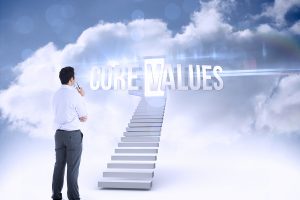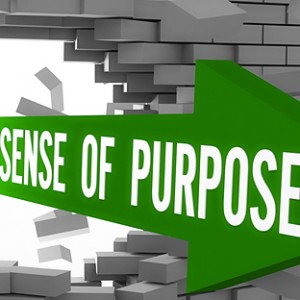
Increase Your Likeability at Work
How likeable are the leaders in your organization? Is likeability at work measured using the same criteria for everyone? If a co-worker asked you about

How likeable are the leaders in your organization? Is likeability at work measured using the same criteria for everyone? If a co-worker asked you about

When you hear the word “likeability,” what is your reaction? Peruse any book store and you can find a plethora of titles encouraging us to

How would you describe your negotiation style? Is it cooperative, or competitive? Individualistic, or altruistic? While most people have a default style, I often see

How frequently are you in meetings that seem to go nowhere? If you’re anything like many of the managers and leaders I hear from, the

For younger generations, the job future has never been more precarious and uncertain. As a leader, one of your primary responsibilities is attracting and retaining

I’ve noticed that mature workers and Boomers in managerial and leadership positions frequently struggle with cross-generational motivation. This is really no surprise: American Gen Xers—those

Few managers excel at optimizing their organization’s culture, but when they do, they change the game. They grow faster than their competitors, survive economic downturns,

A clear company purpose gets people fired up. It’s even more powerful when it clearly and specifically articulates the difference your business strives to make

An organization’s health is only as sound as its leader’s decisions. Some companies prosper from wise leadership directions, while others struggle after flawed choices—choices that

How a leader responds to adversity reveals how effective that leader truly is. Reactions to setbacks or crises not only test leadership character but define

Business is an active, demanding endeavor. Only those who consistently apply themselves succeed. Organizations that thrive require leaders who actively dream, plan, engage, solve, pursue,

Surveys and studies indicate global job dissatisfaction is at a two-decade high. Disengaged employees account for nearly 70 percent of the workforce, which significantly affects







